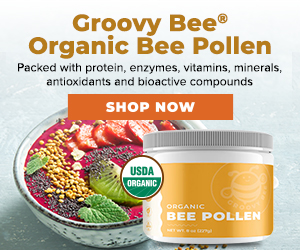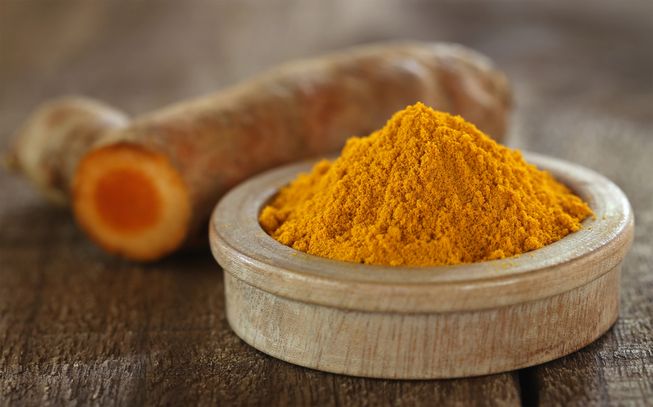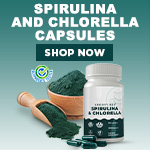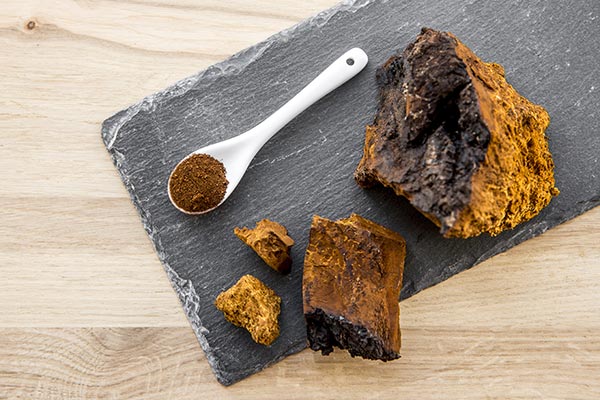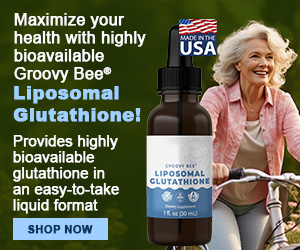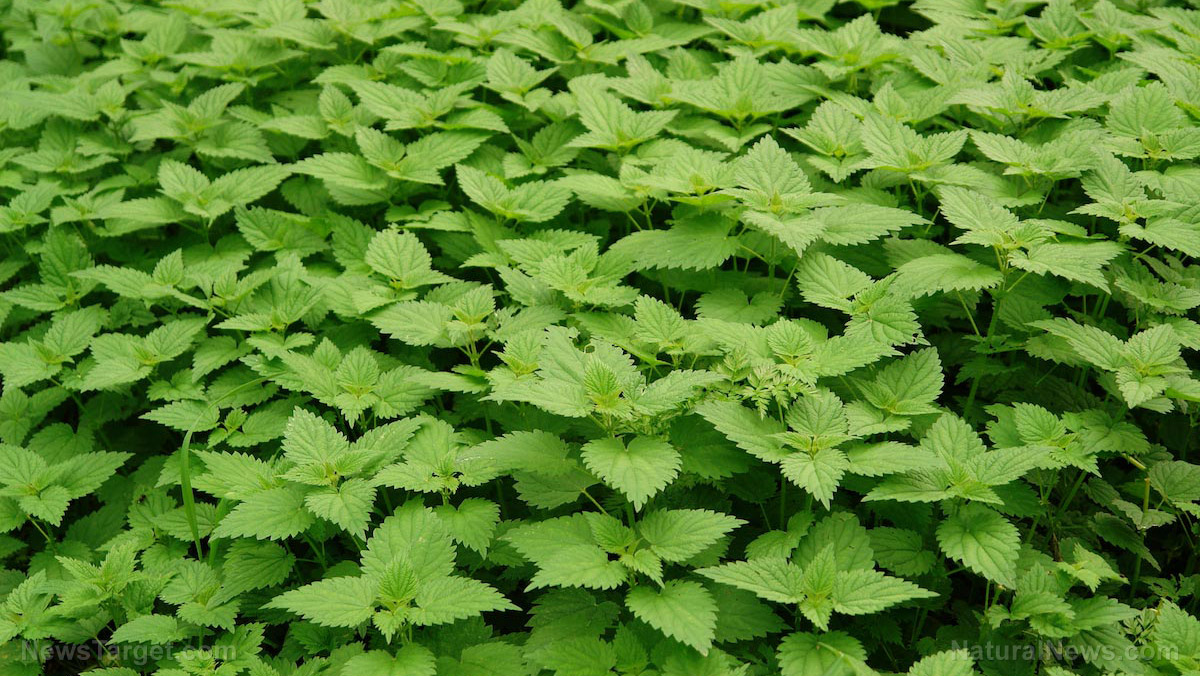
Herbs make splendid foods for the human body. Besides having medicinal qualities that help relieve various ailments, herbs are also loaded with essential nutrients that keep the body strong and healthy.
Herbs are also great for flavoring food. Their addition can make any dish, even something as simple as a soup, hearty and satisfying. Some of the most delightful flavor enhancers commonly used in the kitchen include basil, parsley, mint, rosemary, cilantro and thyme.
But while some herbs are there to please the taste buds, others can be used on their own as substitutes for vegetables. Take stinging nettle, for instance. Despite the danger in its name — it does sting when handled with bare hands — this herb is the perfect stand-in for spinach. And guess what? It tastes just like the vegetable, too.
Fast facts about stinging nettle
Stinging nettle is a dark-green weed that grows in slightly wet soil. It can easily be grown in home gardens but can be found in the wild around creek beds and near running water. Stinging nettle got its name because of the tiny hairs that grow on its leaves and stalk. These tiny hairs are filled with chemicals that cause a stinging sensation when they come into contact with bare skin. That’s why foragers know to use hand gloves when foraging for this extraordinary herb.
According to historical records, the stinging nettle was used in a variety of ways by the early people. The Romans, for instance, took advantage of the circulation-enhancing effect of the herb’s sting and often flailed their bodies with stinging nettle to keep themselves warm. It’s sting was also believed to relieve arthritis pain. For centuries, stinging nettle has served as a natural remedy for a variety of health problems, such as gout, skin disorders, anemia, allergies, UTI, bronchitis and kidney stones.
Although not as popular today as it once was, stinging nettle is slowly making a comeback and drawing interest because of its many benefits and culinary uses. When cooked thoroughly, this herb turns into something that many people, especially vegetarians and health buffs, can appreciate. Chefs who’ve cooked with this herb recommend blanching it first to get rid of its sting. When used to make soups or tea — you can purchase it as loose leaves or in tea bags — stinging nettle can provide the following nutrients: (h/t to Healthline.com)
- Vitamins: vitamins A, C and K and some B vitamins
- Minerals: calcium, iron magnesium, phosphorus, potassium and sodium
- Healthy fats: alpha-linolenic acid, palmitic acid, stearic acid oleic acid
- Amino acids: all essential amino acids
- Polyphenols: kaempferol, quercetin, caffeic acid, coumarins and other flavonoids
- Antioxidants: beta-carotene, lutein, luteoxanthin and other carotenoids
It also offers the following health benefits:
- Helps reduce inflammation
- Helps reduce prostate size
- Helps treat short- and long-term urination problems
- Helps stop inflammation that leads to seasonal allergies
- Helps lower blood pressure
- Helps reduce blood sugar levels
- May help stop excessive bleeding, especially after surgery
- May help protect against liver damage
- May serve as a natural diuretic
- Supports wound healing
Dried or cooked stinging nettle is safe for consumption. But you need to cook it thoroughly to get rid of the chemicals that may otherwise cause mouth or stomach irritation when you eat it. If you’re pregnant, avoid foods with stinging nettle as it can trigger uterine contractions, which can be harmful for your pregnancy.
How to make stinging nettle vinegar
Stinging nettle is one of the most useful plants on the planet, so it’s a great idea to grow some if you have a patch of land. If you’re the DIY type, you can make cordage, baskets and rugs using the fibers from the stem of stinging nettle. You can also dye fabrics with a solution made by boiling different parts of the herb (stems and leaves for light green, roots for yellow).
Another great use for stinging nettle is as a natural medicine. You can make salves or lotions for external use, or tinctures and decoctions for internal use. Because it tastes similar to spinach, you can add stinging nettle to any recipe in place of spinach or eat it as a salad. Even better, you can make nettle vinegar that you can use as a salad dressing or to make delicious marinades. Here’s how: (h/t to TheHerbalAcademy.com)
Recipe for nettle vinegar
You’ll need a glass jar, dried nettle — which you can produce yourself or purchase at a local health food store — and organic apple cider vinegar (preferably raw and unpasteurized).
Directions:
- Fill about a quarter of the jar with dried nettles.
- Fill the remaining 3/4 with organic apple cider vinegar. Make sure the herb is submerged in it by a couple of inches.
- Cover the jar and let it sit in a cool dark place for three to six weeks. If the herb starts soaking up the vinegar during this period, add more as needed. Shake the jar occasionally.
- Strain and use the nettle vinegar for your recipes. Your nettle vinegar can last for a year if you store it in a cool dark place.
Stinging nettle is a versatile plant that can be used for a variety of purposes. It is also an incredible superfood, culinary ingredient and natural medicine all in one generous, unassuming (but stinging) herb. Add stinging nettles to your daily diet and boost your heart, urinary and metabolic health.
Sources:

